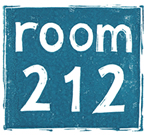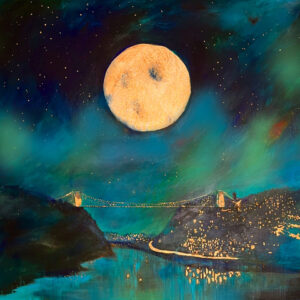Nick Gerolemou
Nick produces landscape paintings mainly in acrylics or oil, where vibrant colour, simplified forms and a strong sense of perspective are the main elements in his work.
Simplicity is key to much of what he does, he particularly enjoys painting with a limited colour palette and prefer not to get caught up in the details of the subject. I have always been drawn to strong lines of perspective that exist within the landscape, a simple yet effective device that leads the eye through a composition.
Contrast in light and the sense of movement are other elements that he likes to capture in his work, which both contribute to the sense of drama in the painting.
The subject of travel and journeys is central to his work, which is clear in many of my paintings as they often contain paths, roads, harbours, and railways. He is particularly captivated by the romance of disused buildings and structures that belong to the industrial world, seeking out the harmonies between organised geometric shapes and the haphazard elements of mother nature reclaiming the land.
His approach to painting is mainly based around themes, often specific places, where I will spend many hours sketching and taking photographs. I greatly enjoy the process of exploring a place, and becoming more familiar with repeat visits, as well as researching its history. The end point for Nick is creating a collection of work based around the subject.
Having lived in Bristol for over 30 years, Nick is naturally drawn to the urban and suburban spaces that surround me, either in the form of architectural dereliction or places where re-purposing in the form of renovation is taking place. This can certainly be said of the Floating Harbour area in the city. Visually this area is rich, affording some great juxtapositions of old and new, against a backdrop of uprights by way of spires, towers, and the topography they belong to.
His influences come from Canadian artists Emily Carr and the Group of Seven, Fauvism and railway posters from the first half of the 20th Century.




